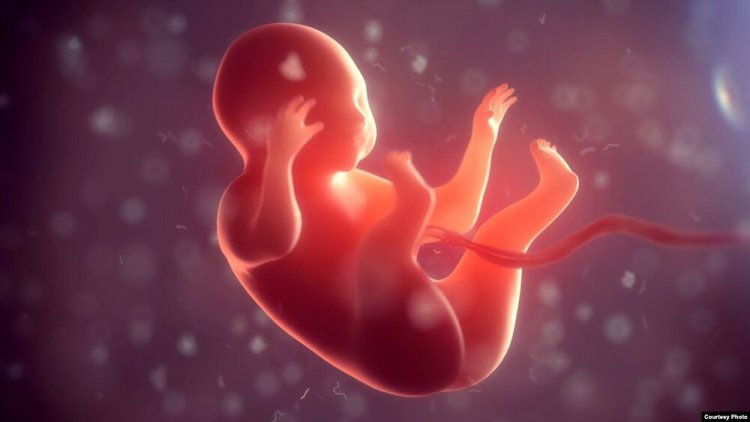Understanding Genetic Disorders and Fertility

Did you know? Many women are unable to conceive owing to genetic factors. The possible reason can be due to inherited chromosome abnormality or because of a single-gene defect passed from parent to child. Couples with specific chromosome defects can benefit from pre-implantation genetic diagnosis (PGD) along with In-Vitro Fertilization (IVF). Read on to know more about this.
Genetic disorders may lead to infertility. For instance, if one of the parents is carrying a genetic disorder or carrier of some illnesses like thalassemia or sickle cell then it can be problematic to the fetus. In a couple, when the wife carries some disorder then the baby might also carry that affected gene. Recurrent miscarriages occur when sometimes the gene of one of the parents is abnormal. Sometimes, the family carries an abnormal gene and it passes on to the next generation. These are conditions that cause miscarriage and abnormal development of the baby. Thus, to prevent this, Pre-Implantation Genetic Diagnosis (PGD) can help identify if one has an extra or a missing chromosome. If there is extra or a missing chromosome then the baby might have complications. This diagnosis helps understand if something such as sickle cell disease is passed on to the baby, or even if the baby is carrying any specific gene or not. Couples with specific chromosome defects can benefit from Pre-Implantation Genetic Diagnosis (PGD) along with In Vitro Fertilization (IVF).
In Vitro Fertilization (IVF) is one of the types of assisted reproductive technology (ART) that works using a combination of medicines and surgical procedures in order to help sperm fertilize an egg after which the fertilized egg is implanted in the uterus. First, a woman is prescribed medication to make her eggs mature and ready for fertilization. Next, the doctor performs a procedure called egg retrieval, post which, the sperms and the eggs are fertilized in the IVF lab. After that 1 fertilized egg (embryos) of good quality is transferred into a woman’s uterus and the woman may become pregnant if the embryo implants itself in the lining of the uterus. Though some IVF clinics transfer more than 1-2 embryo, it is incorrect and not advisable. A maximum of 1-2 embryo can be transferred.
All you need to know about the Pre-Implantation Genetic Diagnosis (PGD)
Pre-implantation Genetic testing can help identify genetic defects in embryos created through In Vitro Fertilization (IVF) before pregnancy. It can be helpful in preventing certain genetic diseases or disorders from being passed on to the child. PGD begins with the normal process of in vitro fertilization that includes egg retrieval and fertilization in a laboratory. Over the next three to five days, the embryos will divide into multiple cells. This process includes the collection, fertilization, 3-5 days of development, 1-2 weeks of testing, and scheduling an appointment to discuss results with the doctor.
Who can opt for PGD?
• Those who get married within their families
• Recurrent implantation failure
• In those wherein IVF treatment fails to work
• Carriers of single-gene disorders
• Women age 35 and over
• Men above 40
• Women with recurrent miscarriages
Take-home message: Visit your doctor to know whether you are a candidate for PGD and opt for it accordingly.















































